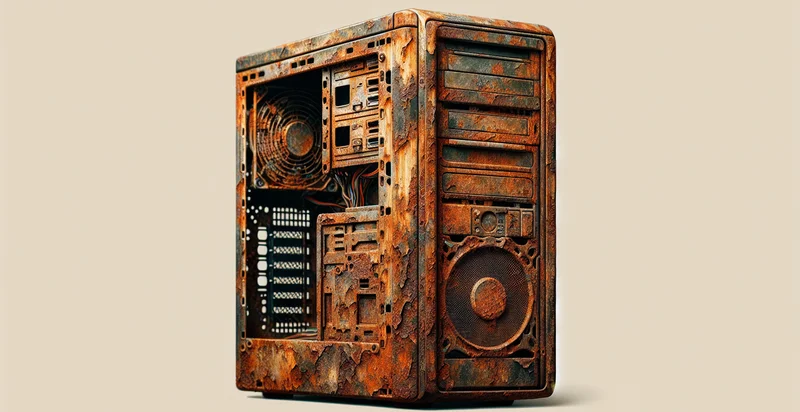Identify computer lab users count
using AI
Below is a free classifier to identify computer lab users count. Just upload your image, and our AI will predict the number of users in a computer lab based on various features. - in just seconds.

Contact us for API access
Or, use Nyckel to build highly-accurate custom classifiers in just minutes. No PhD required.
Get started
import nyckel
credentials = nyckel.Credentials("YOUR_CLIENT_ID", "YOUR_CLIENT_SECRET")
nyckel.invoke("computer-lab-users-count", "your_image_url", credentials)
fetch('https://www.nyckel.com/v1/functions/computer-lab-users-count/invoke', {
method: 'POST',
headers: {
'Authorization': 'Bearer ' + 'YOUR_BEARER_TOKEN',
'Content-Type': 'application/json',
},
body: JSON.stringify(
{"data": "your_image_url"}
)
})
.then(response => response.json())
.then(data => console.log(data));
curl -X POST \
-H "Content-Type: application/json" \
-H "Authorization: Bearer YOUR_BEARER_TOKEN" \
-d '{"data": "your_image_url"}' \
https://www.nyckel.com/v1/functions/computer-lab-users-count/invoke
How this classifier works
To start, upload your image. Our AI tool will then predict the number of users in a computer lab based on various features..
This pretrained image model uses a Nyckel-created dataset and has 11 labels, including 1-5, 101-200, 11-20, 201-300, 21-30, 301-400, 31-50, 401-500, 500+ and 51-100.
We'll also show a confidence score (the higher the number, the more confident the AI model is around the number of users in a computer lab based on various features.).
Whether you're just curious or building computer lab users count detection into your application, we hope our classifier proves helpful.
Related Classifiers
Need to identify computer lab users count at scale?
Get API or Zapier access to this classifier for free. It's perfect for:
- Facility Management: This function can help facility managers monitor the occupancy levels of computer labs in real-time. By counting the number of users, they can optimize cleaning schedules, ensure appropriate staffing, and manage space usage efficiently.
- Usage Analytics: Educational institutions can use this identifier to gather data on how often computer labs are utilized. This information can inform decisions about resource allocation, enhancements in lab equipment, and necessary upgrades to software or hardware.
- Capacity Planning: With accurate user counts, administrators can better plan the capacity of computer labs. This ensures that resources meet the demand, preventing overcrowding and enabling a more conducive learning environment.
- Security Monitoring: The function can enhance security within computer labs by tracking real-time user counts. If unusual activity or user count spikes occur, facility managers can quickly address potential security breaches.
- Behavioral Analysis: Researchers can employ this classification function to study student behavior and trends related to lab usage. Insights gained can lead to improved learning experiences and identification of peak usage times for future planning.
- Strategic Planning: University administration can utilize this data for strategic planning by identifying underused labs. This can lead to decisions regarding renovations, reallocating resources, or creating new lab spaces tailored to student needs.
- Remote Learning Assessment: In hybrid learning environments, this function can help quantify in-person attendance in computer labs compared to online engagement. This information is crucial for assessing the effectiveness of remote learning initiatives and adapting strategies accordingly.


